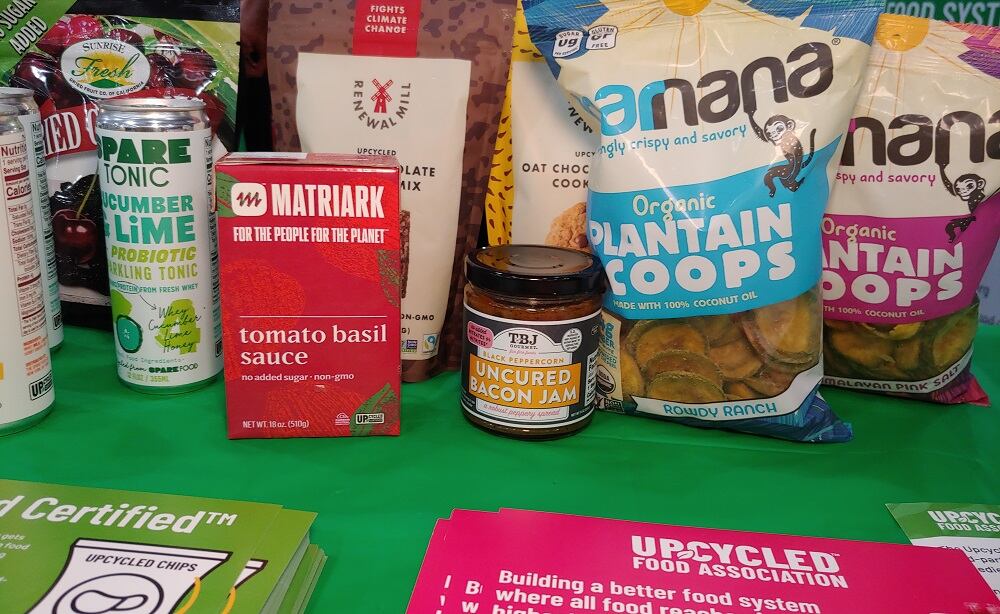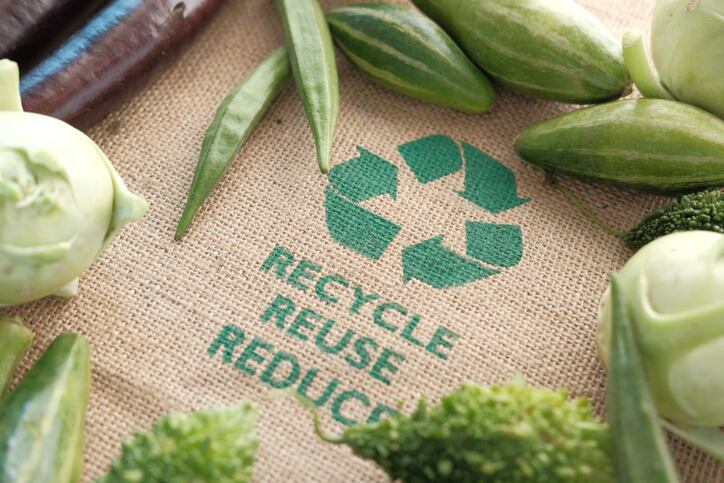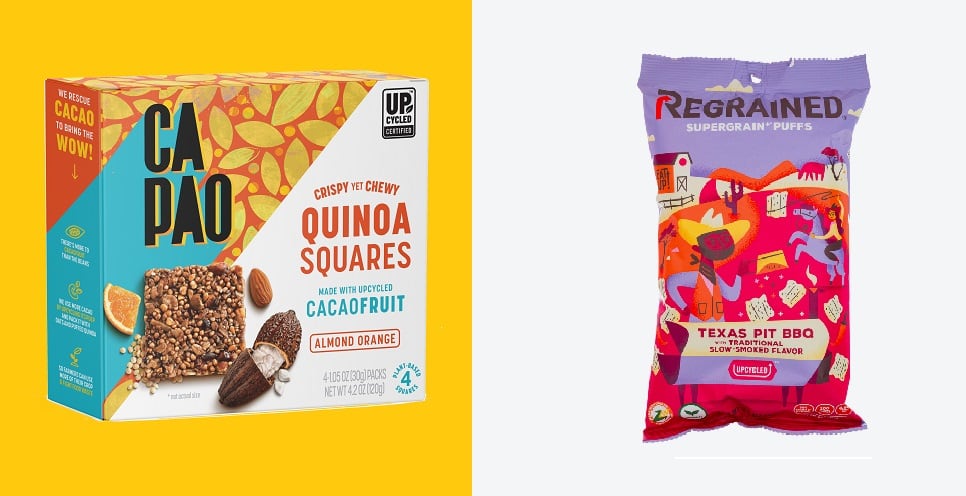Since launching in 2019, UFA has grown from nine companies to 250 across 20 countries offering nearly 500 products and ingredients that are Upcycle Certified, the trade group’s CEO Angie Crone told FoodNavigator-USA at Natural Products Expo East.
She attributes this growth to increased consumer awareness of Upcycled Certified, which launched in 2021 to ensure sustainability claims are rigorously verified. She also attributes the boom to innovation and, “for better or for worse,” to the reality that there is “wasted food in every single supply chain.”
But for the industry to continue growing at this pace or faster, manufacturers and ingredient companies must rethink the supply chain to more efficiently redirect would-be wasted by-products.
“A key challenge that we have is [upcycling] is a very fast-moving process to source waste. A lot of times, these foods are perishable. They need to be sourced and dehydrated quickly, or they need to be biochemically processed very quickly,” Crone said.
Connecting producers with a waste product to those who can use it
Most farmers, processors and manufacturers won’t take this extra step unless they know there is demand for the upcycled ingredient – and a way to get that ingredient to a buyer.
UFA was created in part to address this by facilitating collaboration between those that saw waste and wanted to do something about it and those that were “really creative and wanted to source that waste,” Crone said.
Currently, many of these connections are informal conversations in which one company with a byproduct reaches out to see if anyone wants it or has an idea for how to use it.
“Then we see the ideation start, and then those connections being made. If all things go well, we see a new product on the market,” she said.
Mobile processors are a critical link in the supply chain
To effectively scale new products, though, manufacturers and suppliers need consistency – both in supply and demand, Crone added.
This is where, she says, technology processors “play a big, big role in upcycling.”
She explained mobile technologies, like the high-pressure processing offered by Hyperbaric, that can be set up at the source – such as the farm or an upstream manufacturing facility – “is going to be really critical, as it is with most CPG goods.”
NO TIME TO Waste Act introduces broad support, collaborative solutions
The industry also needs more financial and infrastructure support, like that proposed in the bipartisan, bicameral NO TIME TO Waste Act that aims establish an Office of Food Loss and Waste at USDA, strengthen federal coordination between USDA, EPA and FDA to reduce food waste and loss by 50% by 2030, and start a pubic awareness and education campaign.
The legislation also would foster public-private partnerships that commit to reducing food loss and waste, strengthen current USDA research programs to include waste and loss reduction and provide support to local food recovery infrastructure and coordination efforts.



